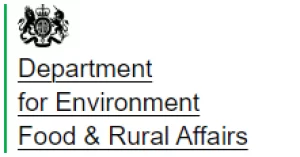Salt Marsh
The salt marshes of the Solway Coast Area National Landscape are a dominant landscape of north Cumbria.
They have been created through the deposition of sand, silt and mud through the ebb and flow of the tides of the Solway Firth.
Tides vary in height and frequency and for periods of time. While tides are low, newly laid down sediments are colonised by plants such as the glasswort. Eventually the roots and leaves of the plants trap more and more sediment and that creates new land.
As you go from the seaward side of the marsh to the landward, the plant communities change. This is because different plants have varying levels of tolerance to salt. The more tolerant the plant is, the closer it is to the seashore, while the least tolerant are furthest away from the waves.
The marshes host thousands of wildfowl every winter as their grazing area and they support many breeding birds in the spring and summer. Look for Svalbard breeding barnacle geese who fly over from Scotland to feast on the grasses.
Most of the Solway marshes are grazing commons and are run by ‘marsh-committees’ for the purpose of grazing sheep and cattle. The rules for grazing are strict and set down in history. They are auctioned as ‘stints’ in a quirky and slightly secretive way – only the auctioneer knows how many stints are on sale. Local Solway expert Ann Lingard wrote a great piece about it here.
The salt marshes are all designated as Sites of Special Scientific Interest, Special Protection Areas and Special Areas of Conservation because of their environmental importance.


